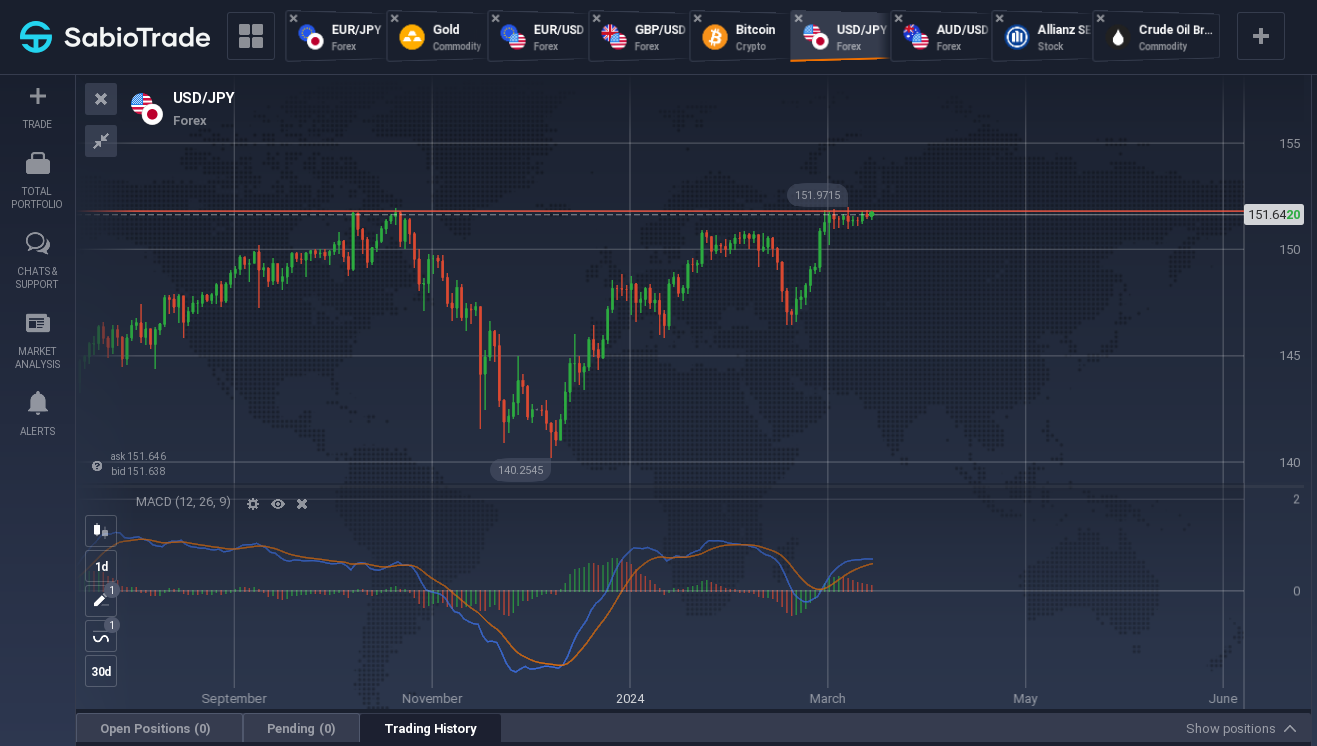Currency Dynamics: Dollar, Yen, and Yuan in Focus



On Wednesday, the dollar remained close to its highest level in over four months, keeping the yen near its lowest point in decades. Despite this, the possibility of Tokyo intervening to support the yen has prevented it from falling further. The yuan showed little change following a report indicating a speed-up in China’s service sector growth in March, hinting at a cautious recovery in the economy.
The yen was trading at 151.565 against the dollar, close to its 34-year low of 151.975, following the Bank of Japan’s decision to increase rates for the first time in 17 years. However, Japan’s cautious approach to further rate hikes has significantly impacted the yen, especially with the ongoing gap in yields between Japan and the U.S. Japanese officials have been vocal in their efforts to protect the yen, with the threat of intervention looming if the dollar crosses the 152 yen mark.
The euro saw a slight increase of 0.06% to $1.07760, while the sterling was at $1.2580. The dollar index was stable at 104.72 after reaching a near five-month high of 105.10. This surge in the dollar’s value was fueled by strong U.S. economic indicators, including growth in manufacturing and a resilient labor market. Market expectations for Federal Reserve rate cuts have been adjusted, with around 70 basis points anticipated this year, starting in July. The yuan remained weak against the dollar, with the onshore rate at 7.2348 and the offshore rate slightly higher at 7.2530, despite positive manufacturing data from China. The Australian and New Zealand dollars also faced pressure, trading at $0.6520 and $0.5972, respectively, influenced by the stronger dollar and the yuan’s performance.